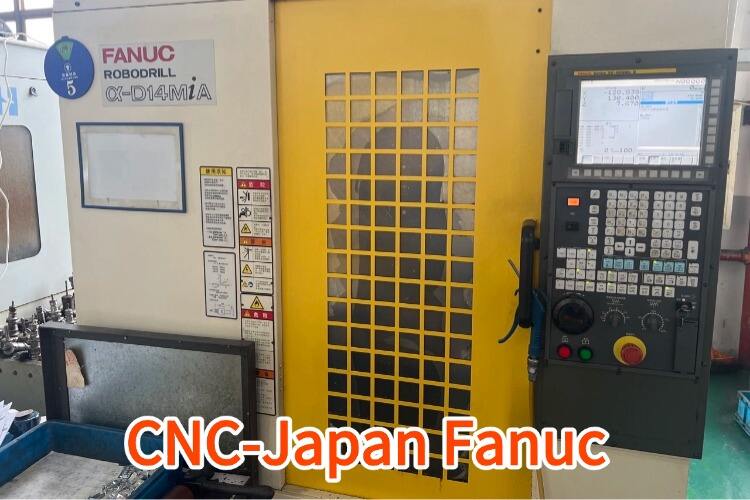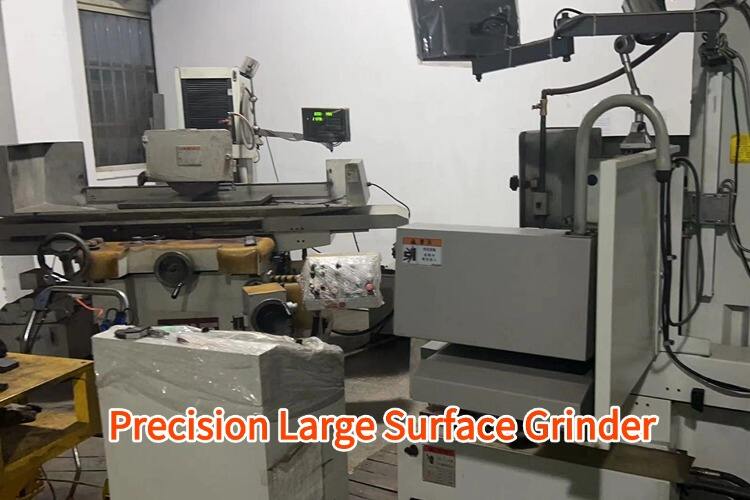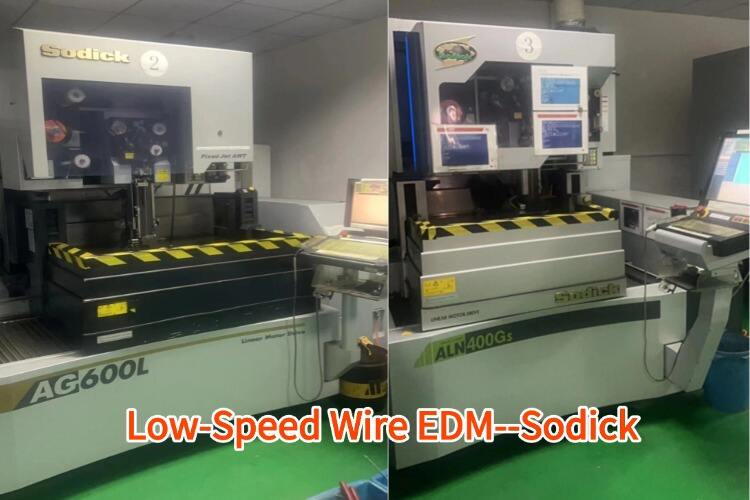annealing quenching and tempering
Annealing, quenching, and tempering are crucial heat treatment processes that enhance the mechanical properties of metals and alloys. These processes involve carefully controlled heating and cooling cycles to achieve desired material characteristics. Annealing involves heating the material to a specific temperature and cooling it slowly, reducing internal stresses and improving ductility. Quenching follows, where the metal is rapidly cooled in a medium like water, oil, or air, creating a harder but more brittle structure. Finally, tempering involves reheating the quenched material to a temperature below its critical point and allowing it to cool slowly, which balances hardness with toughness. This three-step process is widely used in manufacturing industries, particularly in tool making, automotive components, and structural applications. The technology enables precise control over material properties, allowing manufacturers to achieve specific hardness, strength, and ductility requirements. Modern heat treatment facilities utilize advanced temperature control systems and automated processing equipment to ensure consistent results across large production volumes.


